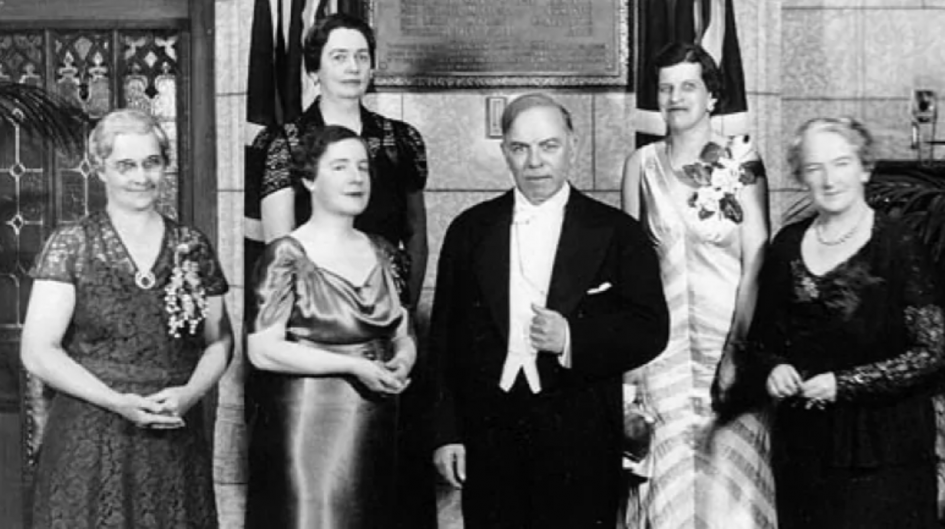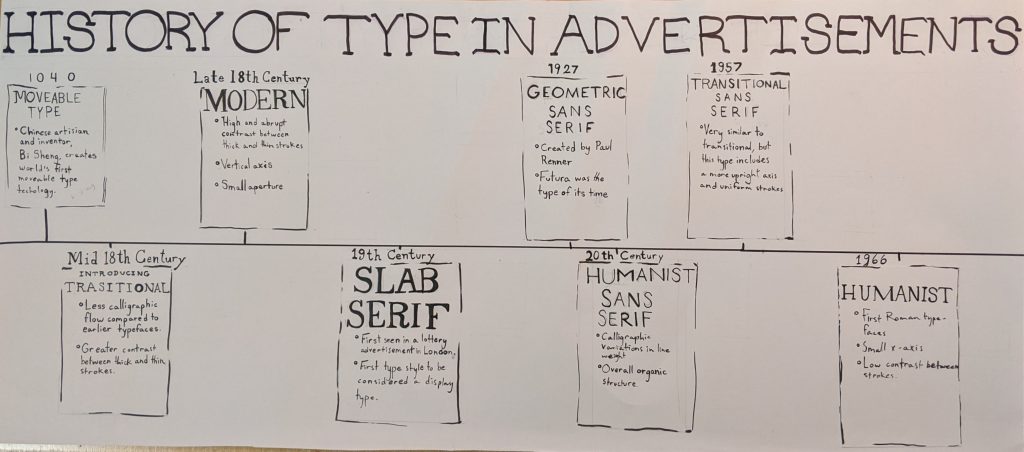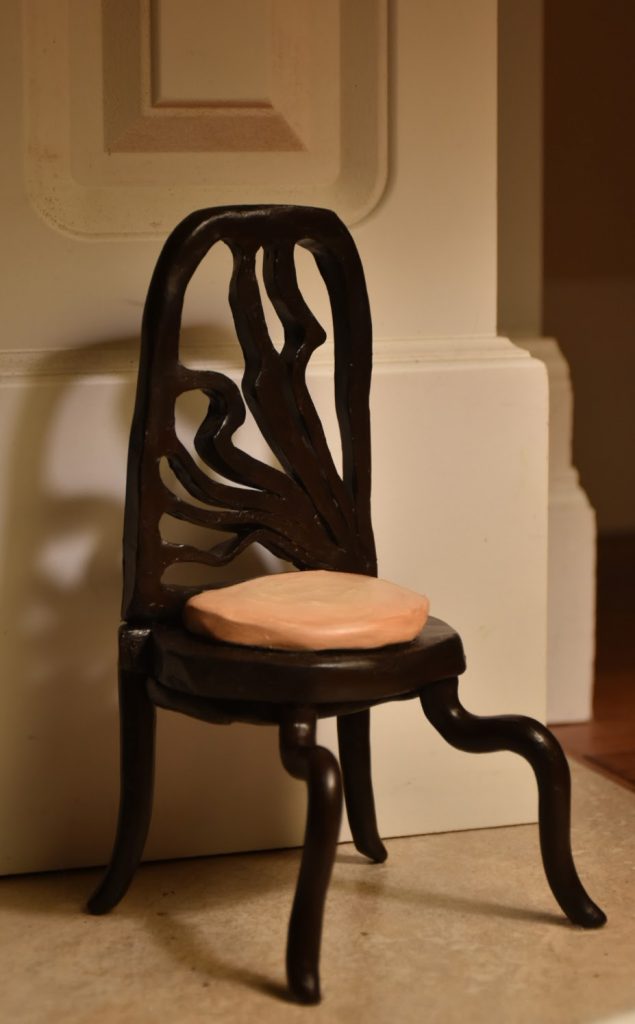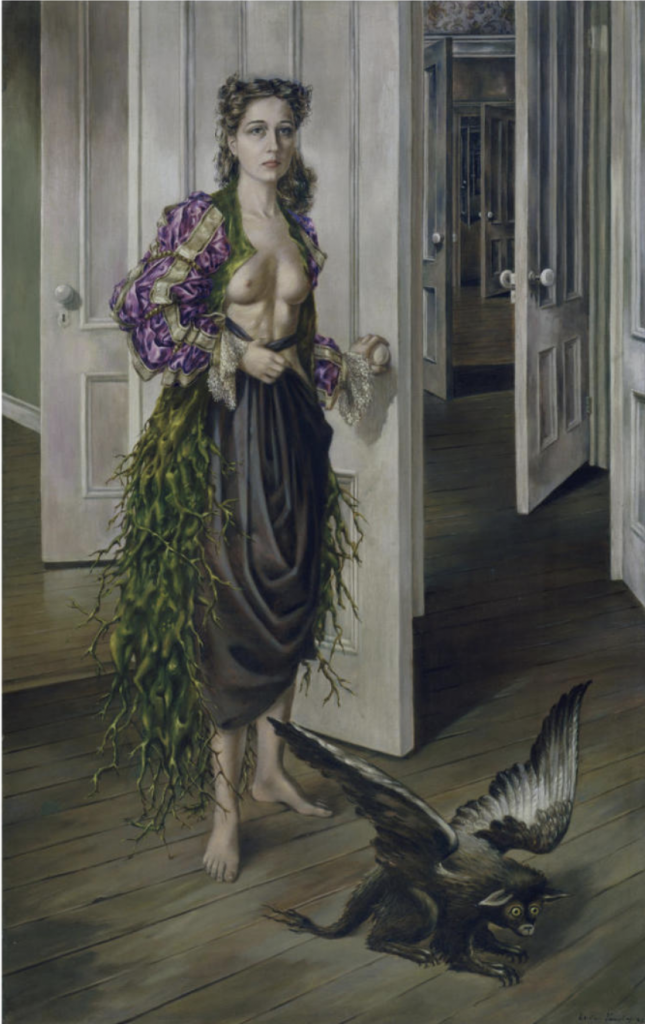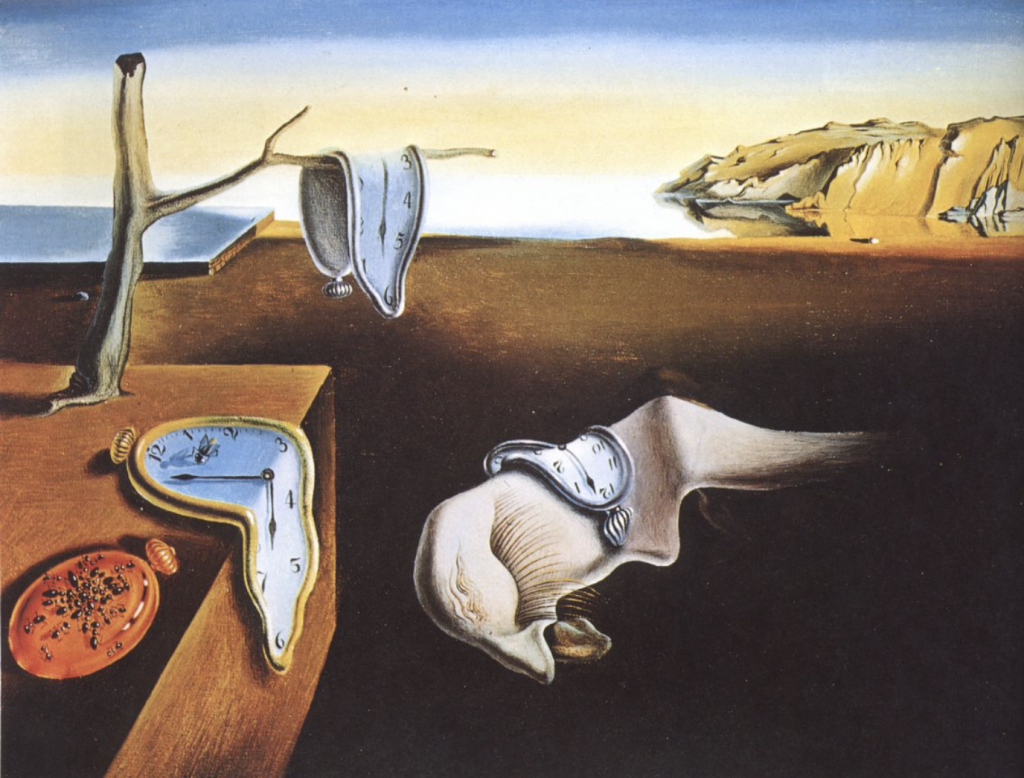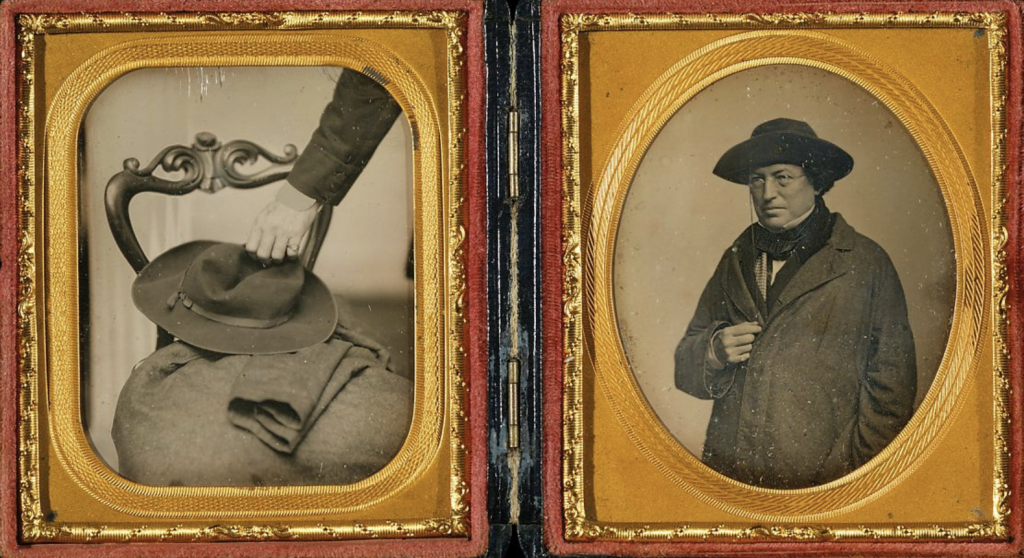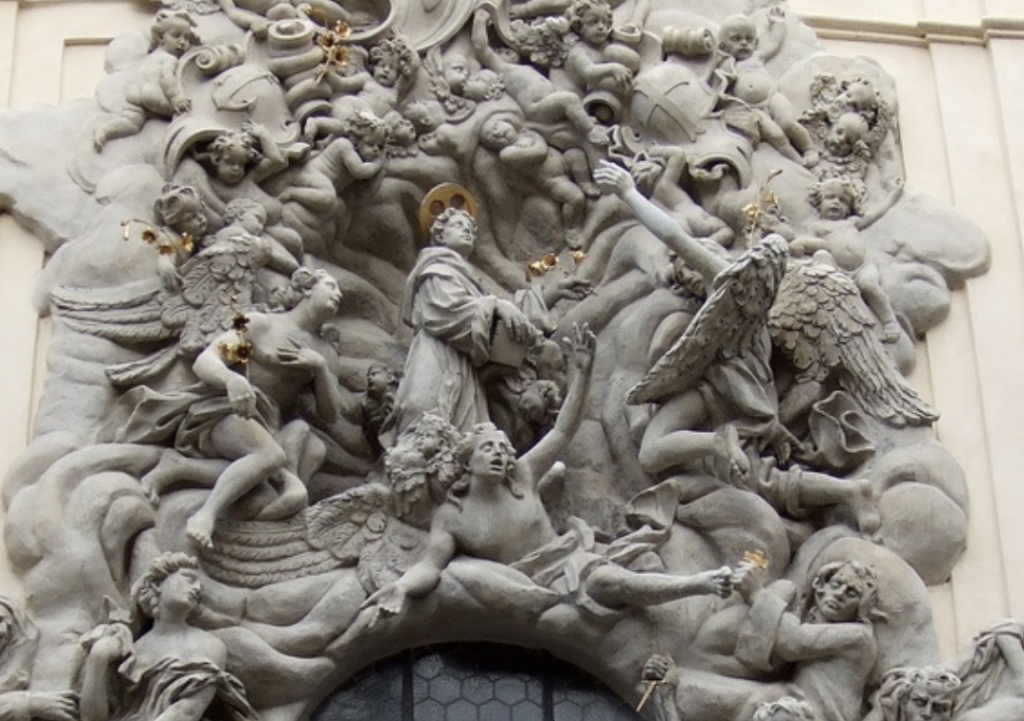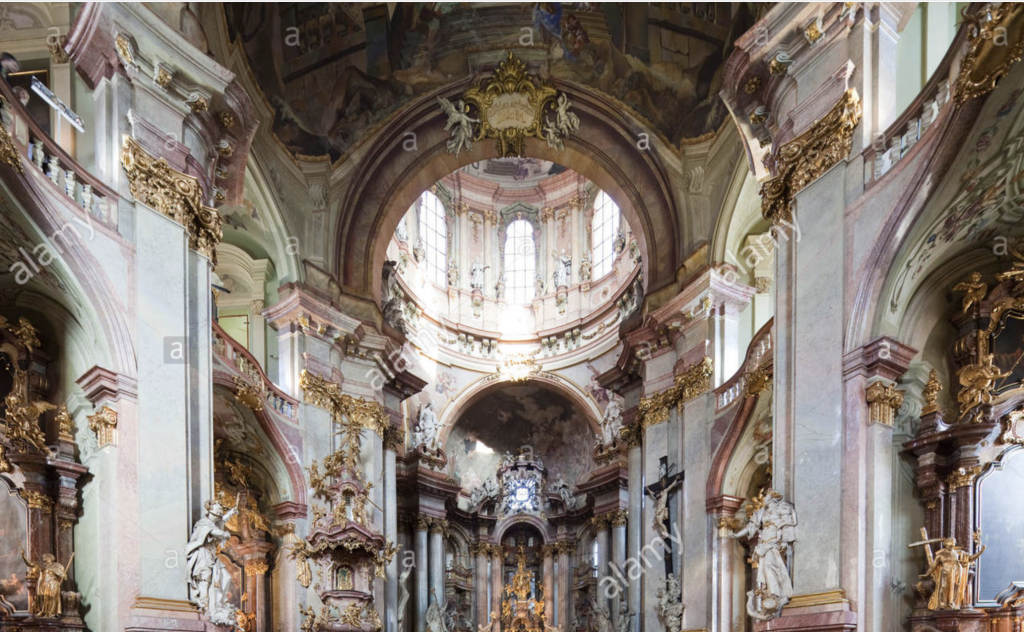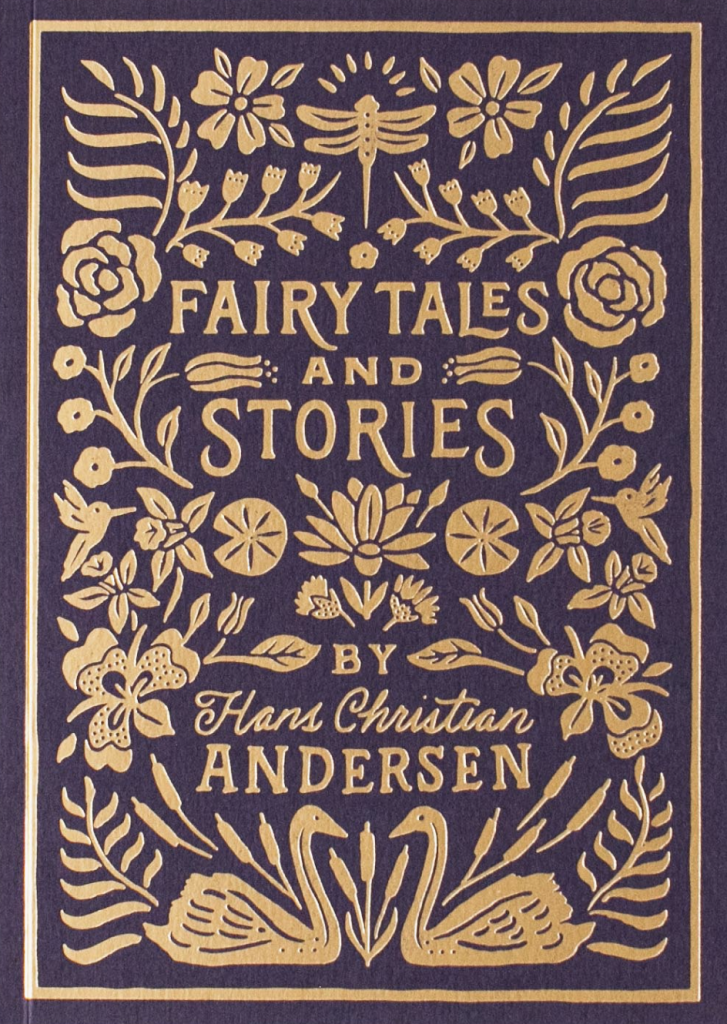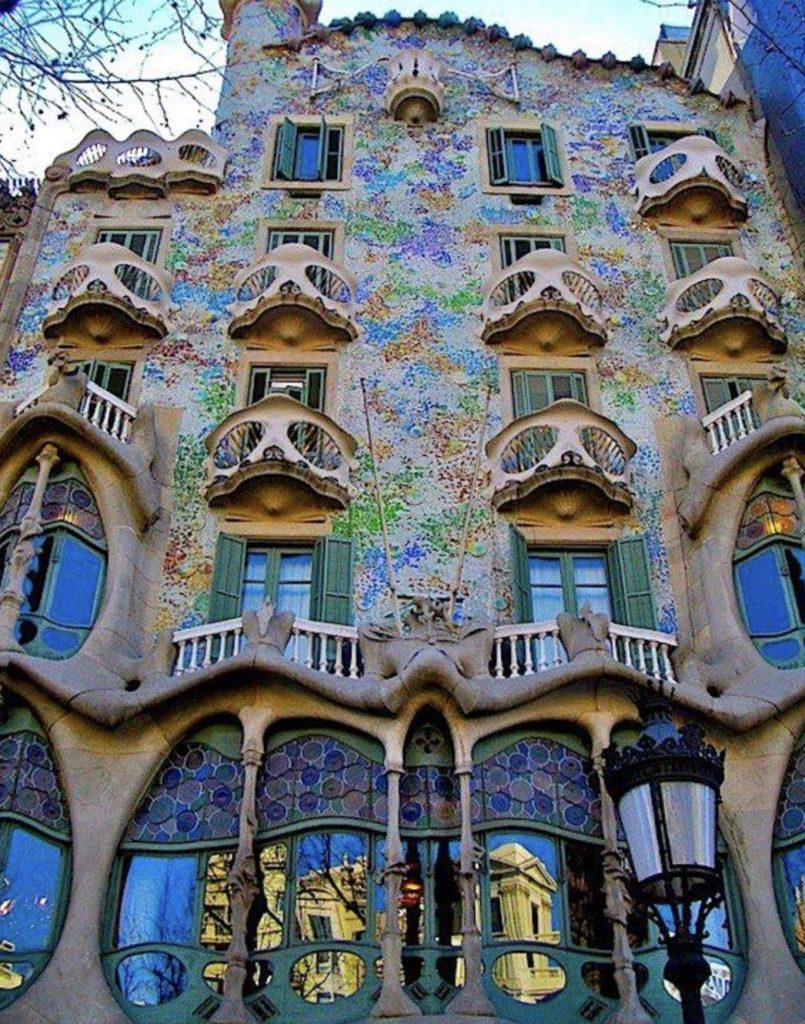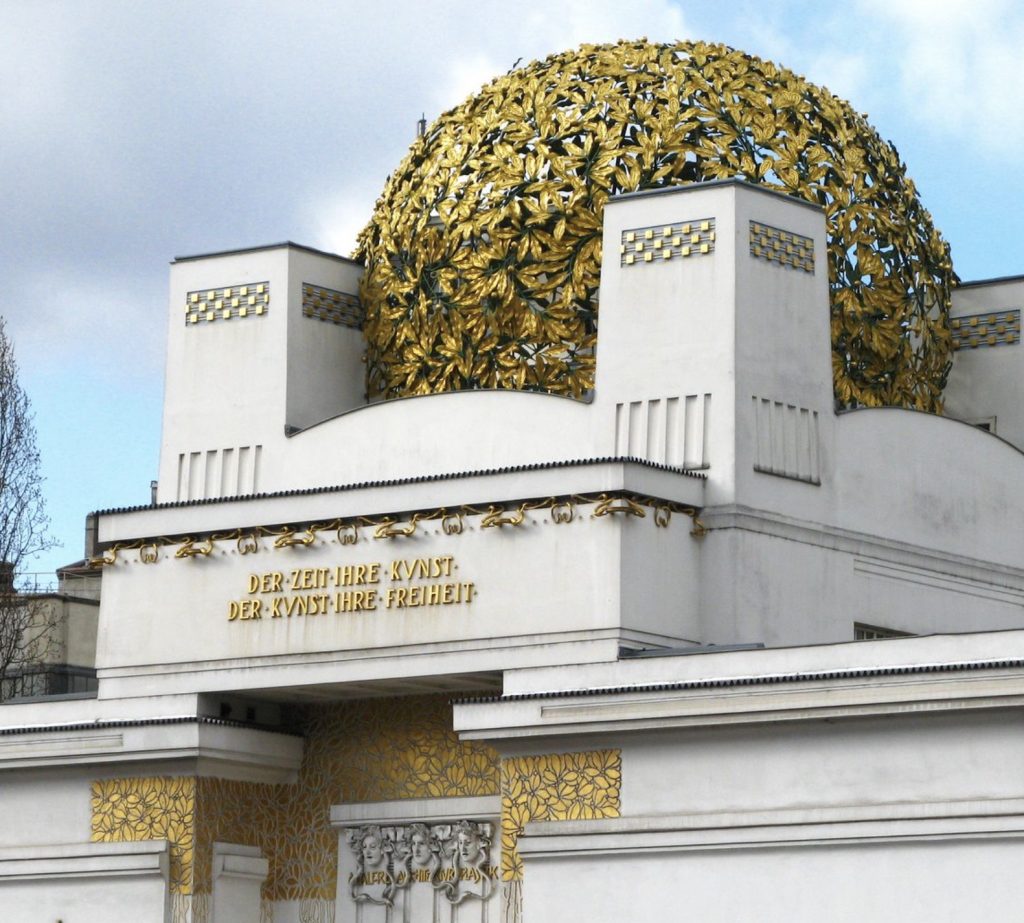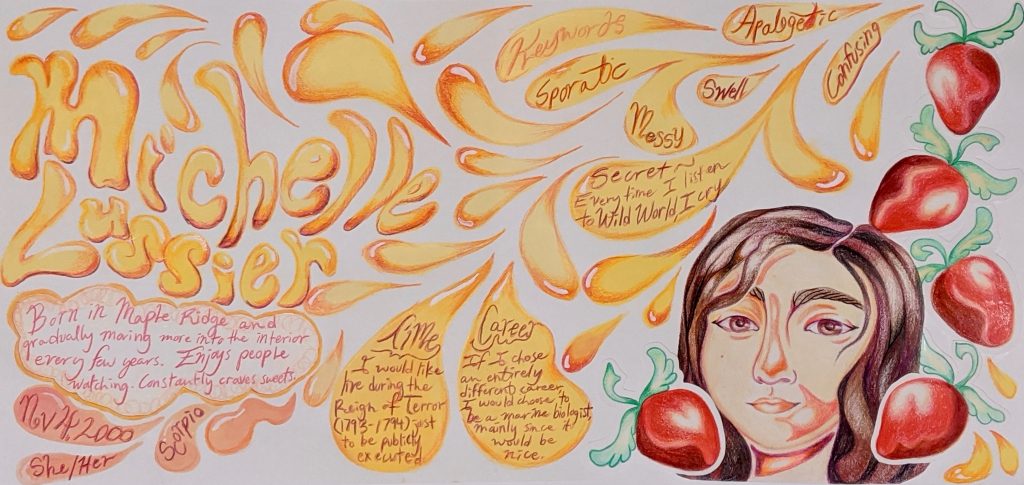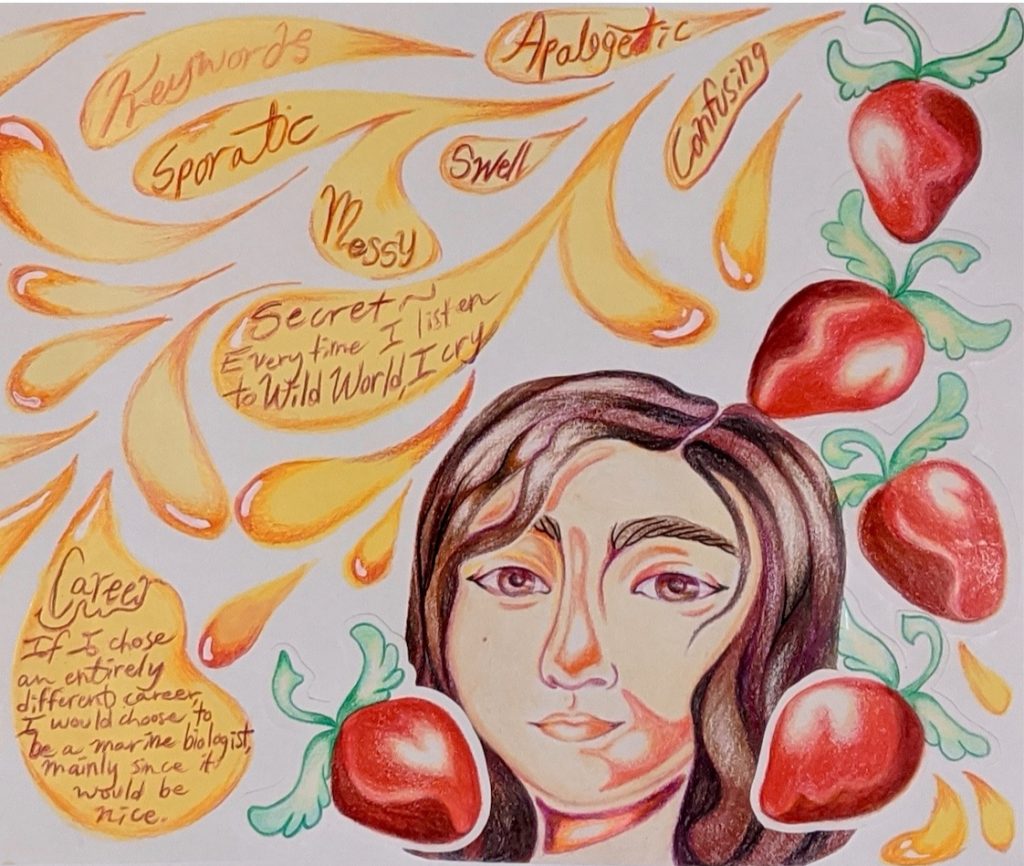On October eighteenth of 1929, women in Canada were finally declared to fit under the legal definition of “persons”.
This led to the women of Canada being given the opportunity to be appointed by the Senate which then led to women becoming more immersed into Canada’s social and political life.
The main reason as to why women today are viewed as human beings rather than objects are mainly thanks to the Persons Case and the “Famous Five”.
Surprisingly while doing research for this blog post, I learned that prior to the Persons Case, all of Canada besides Quebec allowed any white women over the age of twenty one the ability to vote by 1927.
Now to be considered a ‘qualified person’ back in the twentieth century, one had to be at least thirty years old, had to own a property of at least $4,000 and reside in the province of their appoint. The ‘rules’ stated in the previous sentence were written as law in the British North America Act of 1867 which is now known as the Constitution Act, 1867. The Act never specified whether or not women were counted as ‘persons’ so the Canadian government deemed men as the only “persons”. This group of women were then given the title, the “Famous Five”.
In August of 1927, Canadian women’s rights activist Emily Murphy invited four other women activists, Nellie McClung, Irene Parlby, Louise McKinney and Henrietta Muir Edwards to create a petition to send to the Canadian government. Their goal was to reinterpret the word “person” shifting the focus from just blatantly men to men and women. This letter was sent out on August 27, 1927.
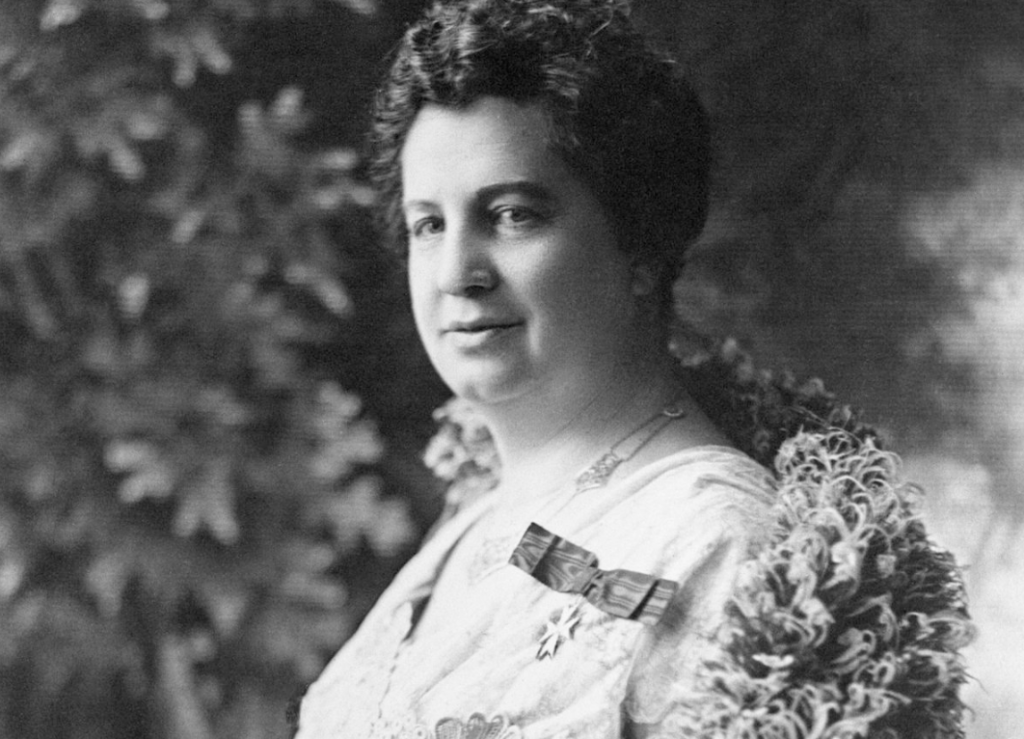
This request was denied by the Supreme Court on April 24, 1928.
Although the Famous Five felt defeated but were unwilling to give up, they took their petition up to the Judicial Committee of the Privy Council an even higher authority. After much deliberation and going back and forth, the Privy Council reversed the Supreme Court’s decision on October 18, 1929.

-Eugene M. Finn
The meant that the word and meaning of “persons” would finally include women in its definition.
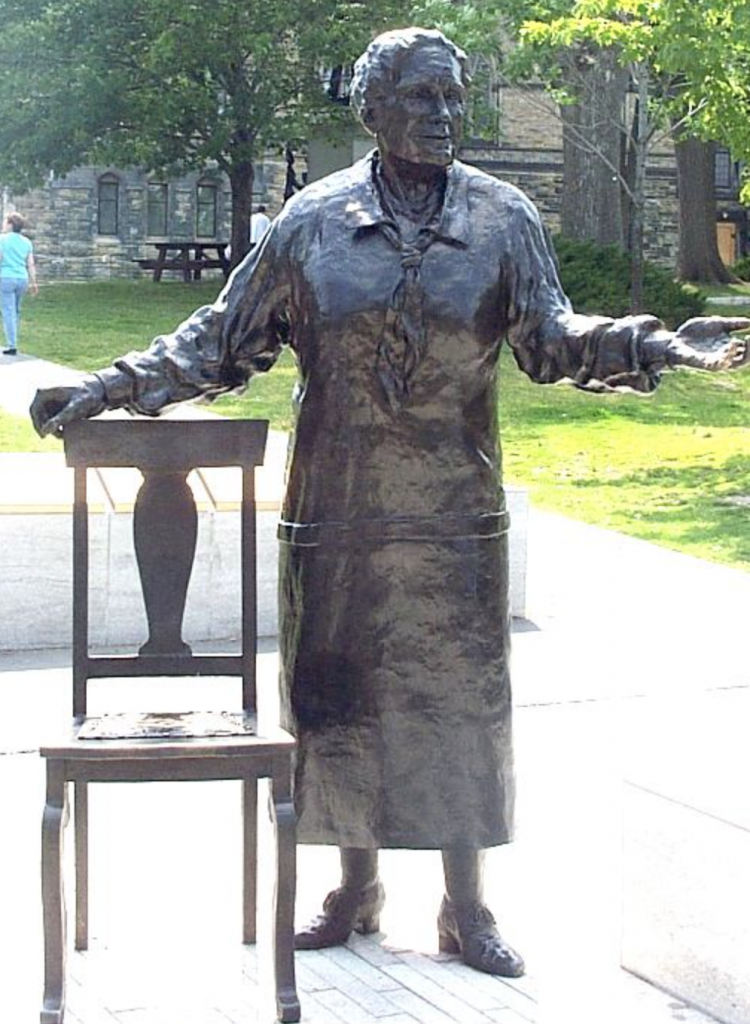
https://cfc-swc.gc.ca/commemoration/whm-mhf/persons-personne-en.html
https://www.thecanadianencyclopedia.ca/en/article/persons-case
https://sencanada.ca/en/sencaplus/how-why/why-the-persons-case-matters/
